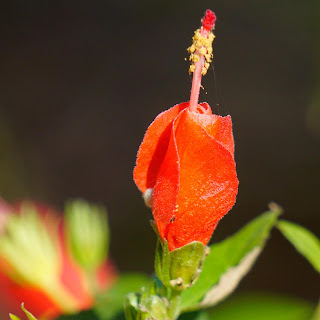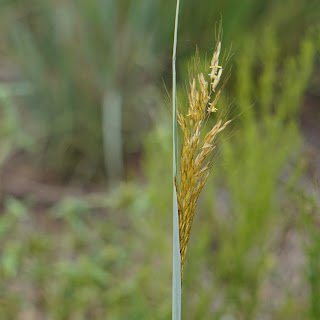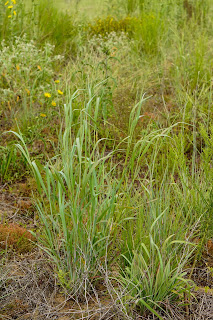The Native Prairie Association of Texas (NPAT) is a nonprofit membership organization and an accredited land trust, whose mission is dedicated to the conservation, restoration, and appreciation of native prairies, savannas, and other grasslands in Texas. When landowners have a remnant prairie (a portion of land that has never been cultivated, but retains the native plants of its history), or a restored prairie (like ours), they can register their project with NPAT as a way of affirming their commitment to preserving Texas prairie land. We are about 18 months into our project. We registered with NPAT this summer and yesterday received and installed our sign.


Today we’re expecting a visit from Jamie Killian, the TPW wildlife biologist who has been working with us. She’s not seen the progress in a while, so we’re hoping she’ll be as pleased as we are about what we are seeing emerge across the 80 acres we’re working on.
Texas Wildlife Magazine recently reported studies indicating how the increased plant diversity on a piece of property produces a diversity of habitat, which leads inevitably to a diversity of insects, birds, and mammals. A square meter of a healthy prairie contains more biodiversity than you can imagine. (See Chris Helzer’s Square Meter Project). We are seeing already a wide diversity of plants, insects, and birds on our place.
Two-hundred and ninety-nine species of birds have been identified in Wilson County, TX. We have a list of those and have made it a goal to observe as many of them as possible, not only on our place, but around the county. This is for us a part of knowing the place where we live.
You can find such bird lists online at EBird, a project of Cornell University.





































































